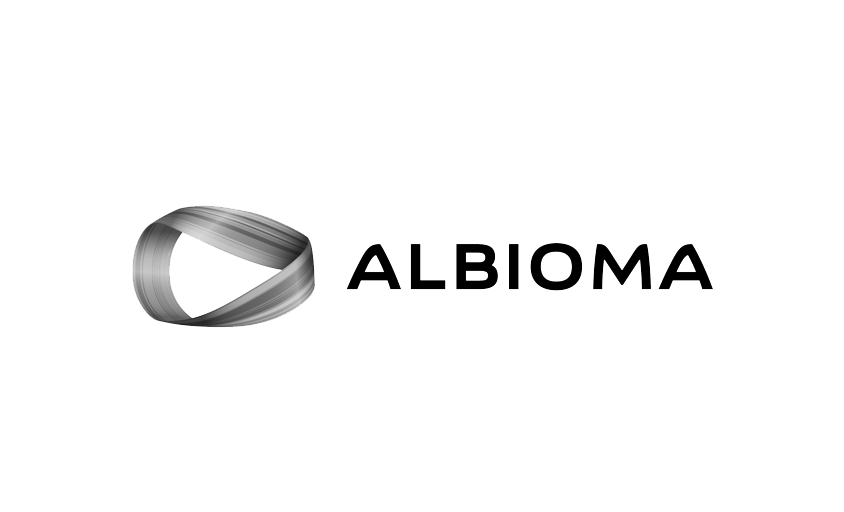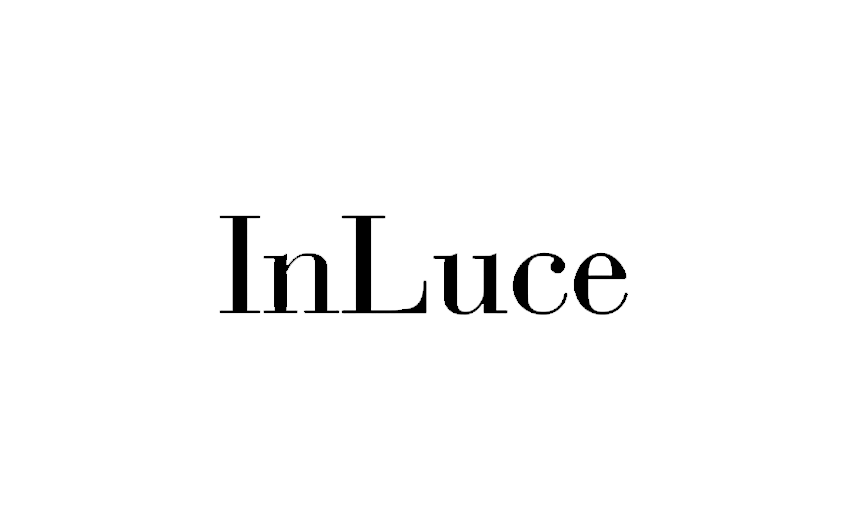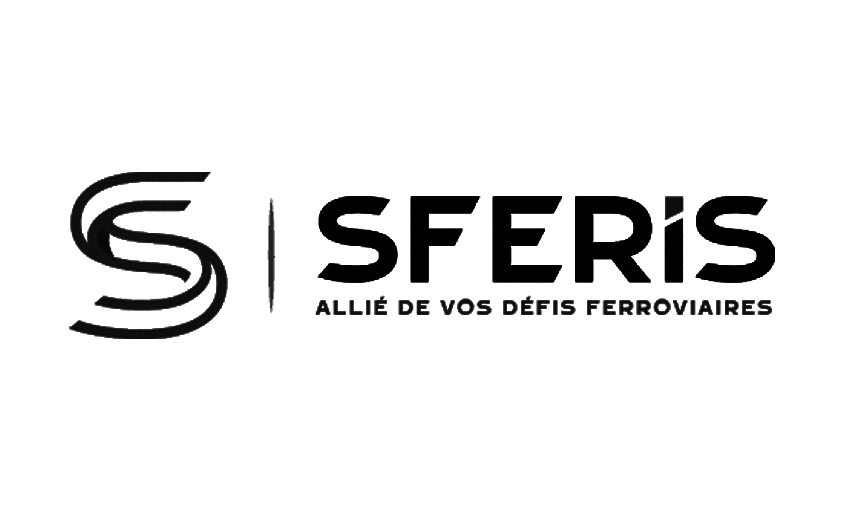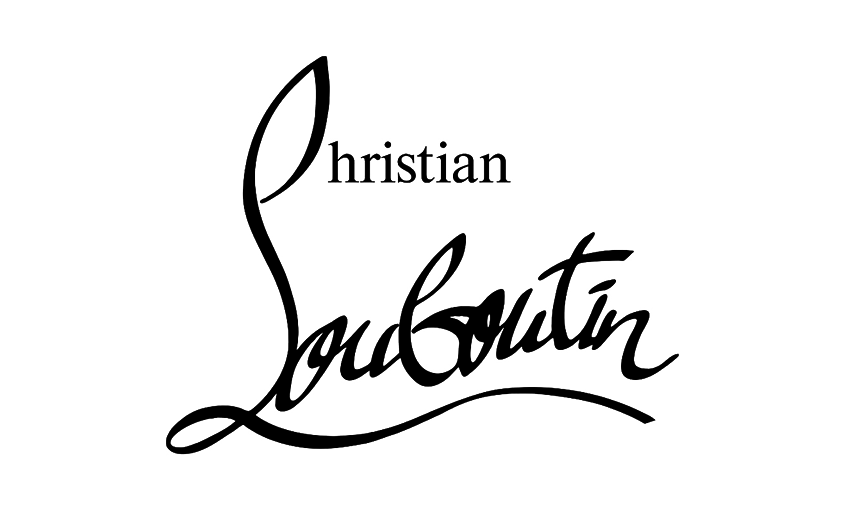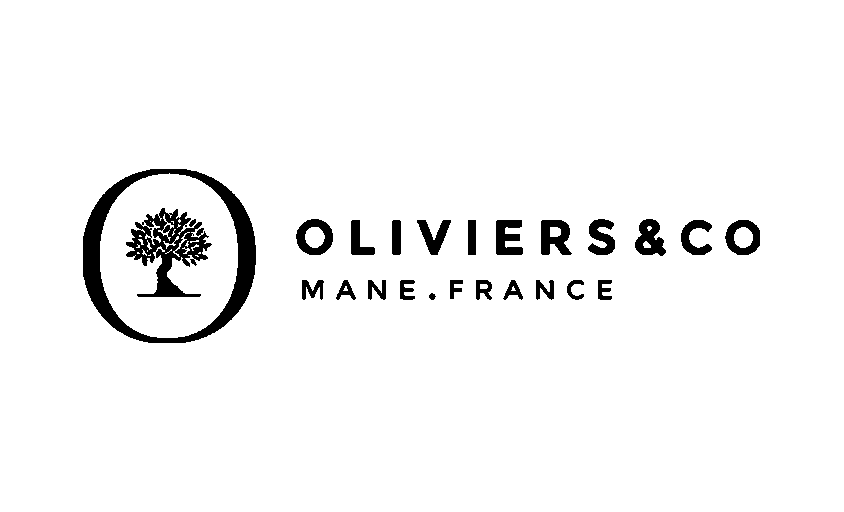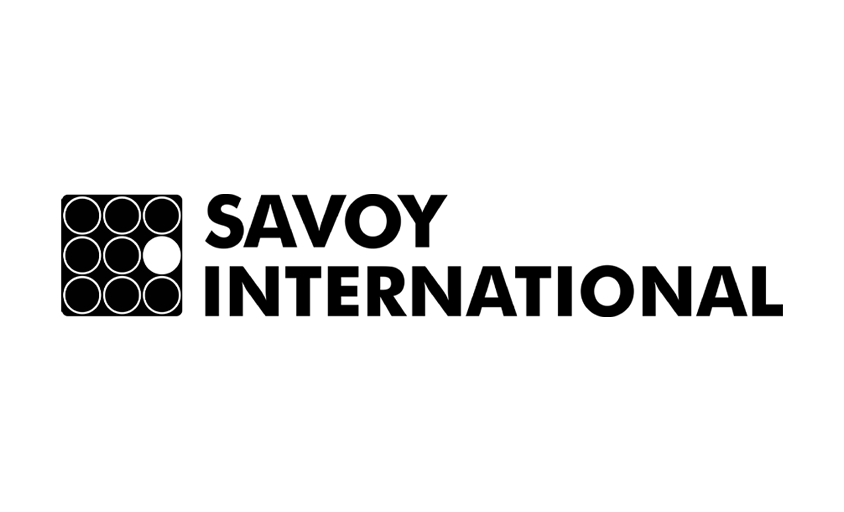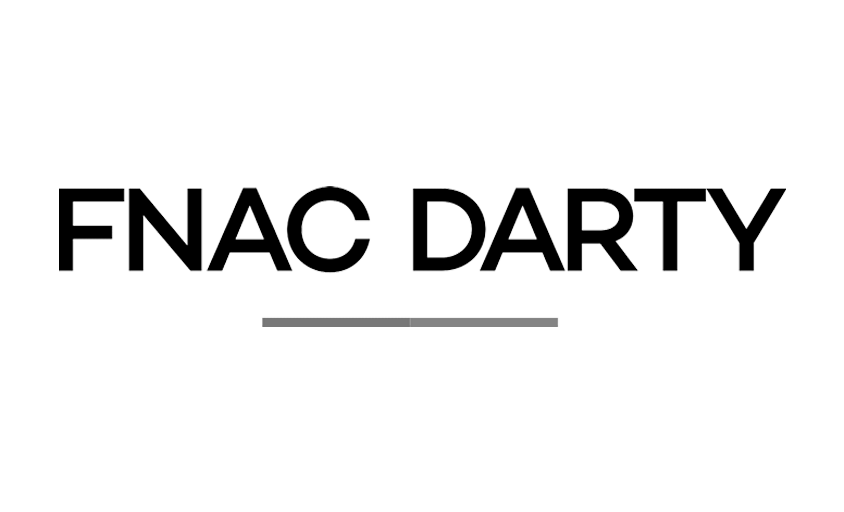The Analog Camera
In this article :
Analog photography, with its unique aesthetic and fascinating mechanical process, transcends time and continues to captivate photography enthusiasts. In an era dominated by digital photography, the analog camera is making a strong comeback, appealing to both longtime fans and younger generations seeking authenticity and novelty. In this article, we will explore how analog cameras work, their place today, and what makes this practice so special.
1. What is an Analog Camera?
An analog camera is a device that uses chemical film to capture images, as opposed to digital cameras that rely on an electronic sensor. This type of camera operates on a simple principle: light passes through the lens, exposes the sensitive film, and creates a latent image that will be developed and transformed into a tangible photo.
The term “analog” comes from the use of silver salts in the film, which react to light to create an image. Unlike a digital camera, which records images as digital files, an analog camera captures images chemically, resulting in a look that is neither replicable nor modifiable, making it truly unique.
2. How an Analog Camera Works
An analog camera consists of several mechanical and optical components that work together to capture an image. Here’s how it works:
- Loading the Film: To begin, a roll of film is manually inserted into the camera. Once the film is in place, it is advanced using the film winder, ensuring that a fresh section of film is ready for exposure.
- Exposure to Light: When a photo is taken, the shutter opens for a precise moment, allowing light to enter the camera and reach the film. The duration of this exposure depends on two settings: the shutter speed (how long the shutter stays open) and the aperture (which controls the amount of light entering).
- Image Development: Once the film is exposed, it must be removed and developed either in a lab or at home. This chemical process involves reacting the silver salts in the film to reveal the latent image. Once developed, the image appears as a negative, which can then be printed onto photo paper to create a positive image.
One of the charms of analog photography is its mechanical simplicity and manual process. Each step of development is done with care and expertise, giving every analog photo a unique value.
3. The Different Types of Film for Analog Cameras
The type of film used greatly influences the final look of analog photography. Here are the main categories of film used with analog cameras:
- Black and White Film: This film uses silver salts to capture shades of gray, creating a distinct texture and grain. Black and white photos are appreciated for their ability to capture subtle details, strong contrasts, and a timeless atmosphere.
- Color Film: Composed of multiple layers sensitive to different wavelengths of light, color film can capture a full range of colors, offering a more vibrant and dynamic look compared to black and white. The choice of color film can be determined by the desired visual effect, whether vivid or softer.
- High or Low ISO Sensitivity Films: The ISO sensitivity of a film affects its ability to capture images in low light conditions. Low ISO films (e.g., ISO 100) produce sharp, detailed images with minimal grain, making them ideal for bright conditions. High ISO films (e.g., ISO 800 and above) are perfect for low light scenes or capturing fast motion but tend to have more grain, which can add a particular aesthetic effect.
- Film Formats: The most common formats are 35mm, medium format (120), and large format (view camera). Each format offers a different level of detail and image quality. For example, medium format provides higher resolution, making it ideal for large prints or projects that require high precision.
4. Why Choose an Analog Camera Today?
In an era dominated by digital cameras, choosing an analog camera might seem outdated. However, there are several reasons why this method continues to captivate and attract photographers.
- Authenticity and Unique Look: One of the main appeals of analog photography is its distinctive look. The grain, texture, depth, and lack of digital perfection give images an authentic character that digital photography cannot always replicate.
- Less Editing: Unlike digital photography, which allows extensive image manipulation, analog photography requires a more thoughtful and meticulous approach. Photographers must take the time to carefully compose their images before pressing the shutter, often leading to more intentional and well-crafted photos.
- The Charm of the Process: The darkroom development process, although long and complex, is part of the analog charm. The anticipation of the result, the manual film development, and the physical printing of photos create a more intimate connection with the images.
- The Joy of Film: Many photographers choose analog for the tactile pleasure of film and paper prints. Analog cameras, often simpler to use, offer a more direct and personal shooting experience.
5. Key Differences Between Analog and Digital Cameras
While digital cameras have made photography more accessible and convenient, analog cameras offer a distinct experience and are still used by many professional and amateur photographers. Here are some key differences:
- Image Rendering: Analog cameras produce images with more depth, texture, and grain, giving each photo a unique artistic dimension. In comparison, digital cameras offer sharp and precise images, but often lack an organic feel.
- Development Process: Analog photography requires a chemical development process in a darkroom, making each image more “authentic.” Digital photos, on the other hand, can be instantly viewed and shared without the need for physical development.
- Storage and Archiving: Analog photos are physical objects and must be carefully preserved, giving them a tactile and tangible quality. Digital images, although not requiring physical storage, can be easily lost or altered due to storage formats or technical failures.
Conclusion
Analog cameras remain a timeless method of capturing images, offering a depth and character that modern technologies cannot replicate. With their distinctive grain, unique images, and artistic development process, analog photography continues to captivate those seeking an authentic and creative photographic experience.
If you want to rediscover the joy of traditional photography or start your journey in analog, using an analog camera will allow you to reconnect with the magic of film. Contact us if you have any questions or want to explore this fascinating field further!
Jérémy Carlo is the editorial director at Rétines, where he ensures the consistency and clarity of all content produced by the studio.
Our Clients
Let’s discuss
What we do for you at Rétines
Meticulous work, an organised project and fast delivery. And to achieve this, we mobilise the right resources in our teams at the right time.
01
Pre-production
Artistic and technical direction tailored to the project.
Relevant recommendations on content, form and resources.
02
Photo Shooting
Photos taken by our experienced photographers.
Production that’s controlled, efficient and tailored to the needs of the project, with nothing superfluous.
03
Retouching
Technique
Photographs magnified by our retouching team.
Post-production to meet the commercial challenges of the brief.


